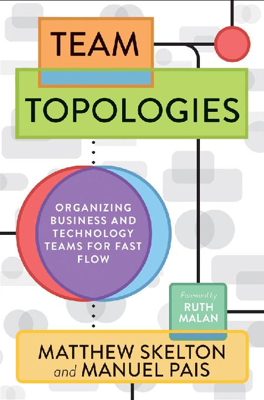The Four Fundamental Team Topologies
Introduction to the Four Fundamental Team Topologies
In modern organizations, it's challenging to manage the variety of team types and roles due to their complexity and multiplicity. To streamline the organizational structure and reduce ambiguity in roles and responsibilities, it's recommended to consolidate team variations into four fundamental team topologies: stream-aligned, enabling, complicated-subsystem, and platform teams. These team structures serve as a template for effective organizational design, minimizing confusion and paving the way for clearer communication and operations.
Stream-Aligned Teams
A stream-aligned team is focused on continuously delivering work aligned to a business domain or capability with minimal dependencies on other teams. This setup enables them to deliver and adapt quickly to customer feedback and operational changes. The primary objective of these teams is to ensure a rapid and safe delivery of valuable increments without the need to pass work onto other teams.
Enabling Teams
The enabling team's role is to support stream-aligned teams by bridging capability gaps through technical advice and support. They focus on improving other teams' effectiveness without taking over their tasks, hence avoiding becoming a bottleneck or a dictatorial figure within the organization. This set-up fosters growth and autonomy in stream-aligned teams by providing them the necessary tools and knowledge.
Complicated-Subsystem Teams
Complicated-subsystem teams handle specific parts of a system that require deep specialist knowledge. The creation of such teams is justified only when the area of focus demands intense specialization that cannot be feasibly distributed across multiple teams. Their main purpose is to alleviate the cognitive load from stream-aligned teams and allow them to stay focused on their primary tasks without delving into complex subsystems that could slow down their workflow.
Platform Teams
Platform teams enable stream-aligned teams by providing robust, reusable tools and systems that reduce the work needed to perform routine or complex tasks. This approach allows stream-aligned teams to work more independently and focus on delivering value without being mired in technical details. The platform acts as an internal product, requiring constant evaluation and adaptation to meet the evolving needs of the organization.
Integration of the Team Types
These four team topologies are not meant to function in isolation but are integrated within an organization to promote a fluid, dynamic workflow where handovers are minimized, and collaboration is maximized. The right balance and interaction between these teams enable faster adaptation to market changes, improved responsiveness to customer needs, and a sustained competitive advantage in fast-moving digital environments.
Closing Note on the Four Fundamental Team Topologies
The four fundamental team topologies provide a structured blueprint that helps organizations navigate the complexities of modern software development and service delivery. By understanding and implementing these topologies, organizations can enhance their agility, effectiveness, and ability to innovate within a rapidly changing technological landscape. The ultimate aim is to structure teams in a way that maximizes flow, minimizes bottlenecks, and leverages each team's core competencies effectively.
